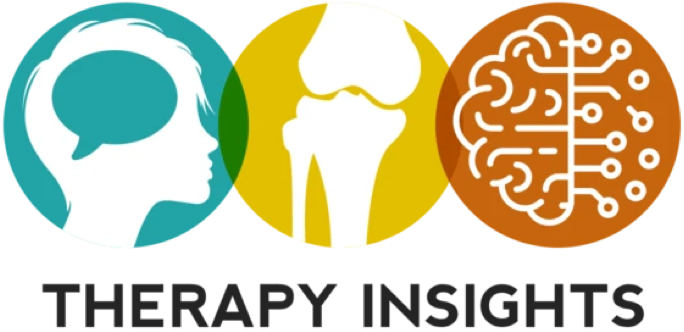Therapy Material
Gaze Stabilization Progression
Print Resource
— US Letter — 1 page
AdultOTBalance/Vestibular/FallsVision
This intervention piece outlines exercise techniques to lessen the impact of dizziness and to improve visual focus in people with vestibular hypofunction.
